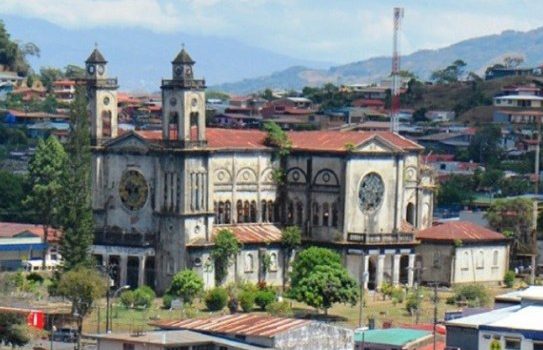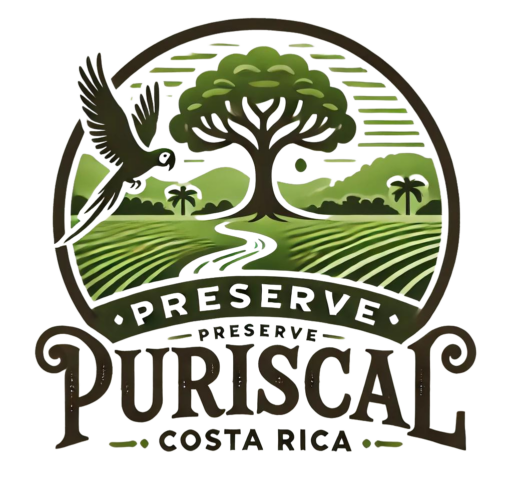
Nestled among the lush green mountains southeast of Costa Rica’s capital city of San José sits the picturesque town of Puriscal. With roots dating back to the 16th century, Puriscal has a long and storied history that has shaped its enduring character.
Early Origins
The area around present-day Puriscal was originally inhabited by the Huetar, an indigenous group that occupied Costa Rica’s Central Valley prior to Spanish colonization. The mild mountain climate and fertile lands provided the Huetar with plentiful resources for farming and hunting.
In 1561, Juan de Cavallón led the first successful Spanish expedition to conquer Costa Rica, resulting in violent clashes with the native people. Diseases brought by the Spanish severely decimated the Huetar population over the following decades. Those who survived were gradually assimilated into the growing Spanish colony.
Founding of San Antonio de Puriscal
As the population increased in the Central Valley, the Spanish established settlements across the region. In 1754, Don Manuel de Castillo y Salazar officially founded the town of San Antonio de Puriscal in a small valley 25 miles from San José.
The town was strategically located to provide agricultural support for the colonial capital’s growing population. The mild mountain climate allowed successful cultivation of crops like tobacco, cotton, and sugar cane, which drove the early economy. Cattle ranching also thrived in the area.
Prominence as a Provincial Capital
As one of Costa Rica’s first Spanish colonial settlements, San Antonio de Puriscal gained importance both economically and politically. It became the head municipality of the Provincia de Costa Rica in 1782. As a provincial capital, Puriscal had administrative oversight of extensive lands across central Costa Rica.
The town continued developing during the late 18th and early 19th centuries. Prominent buildings like the colonial church Iglesia de San Antonio were constructed with a classical Spanish architectural style, exemplifying Puriscal’s significance.
The colonial heritage and structures of this era defined Puriscal as an important center of commerce and governance in Costa Rica’s early history as a Spanish colony.
Devastation and Rebuilding
In March 1822, a massive earthquake struck Costa Rica’s Central Valley, causing tremendous destruction in Puriscal and other towns. The church and many other buildings were leveled. After the quake, the capital was relocated to the town of Curridabat.
This loss of status combined with the extensive damage led many residents to abandon Puriscal. However, through the 1800s the town was gradually rebuilt and repopulated. New civic structures like a schoolhouse and aqueducts were constructed.
The development of coffee cultivation and trade helped revive Puriscal’s economy by the late 19th century. As a fertile mountainous area, the region was well suited for growing high quality coffee beans, which remain an important agricultural product to this day.
Evolution into a Modern Town
Puriscal continued evolving into a quintessential Costa Rican mountain town throughout the 20th century. As transportation improved, it became a popular weekend destination for city-dwellers seeking beautiful vistas and fresh mountain air. Tourism and artisan crafts supplemented coffee, cattle, and sugar as important industries.
In the 1970s, the Universidad Estatal a Distancia established a campus in Puriscal, designating the town as an educational center. However, another massive earthquake in 1991 damaged many historic buildings. Restoration projects over the following decades helped revive Puriscal’s identity.
Final Thoughts
Today, Puriscal remains a charming small town with around 10,000 residents retaining their warm Paisa traditions and culture. The central park is framed by two historic church buildings and bordered by colorful colonial-style buildings. With its scenic location, rich heritage, and amicable community, Puriscal encapsulates the essence of Costa Rica’s early history and development as a nation.
